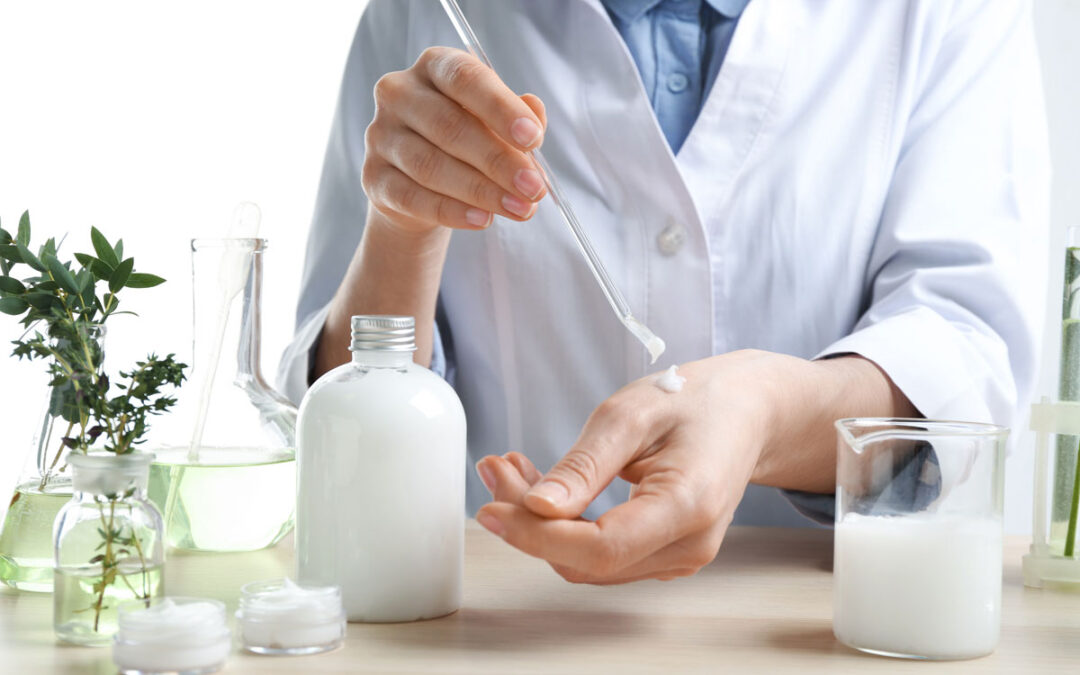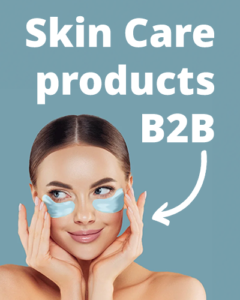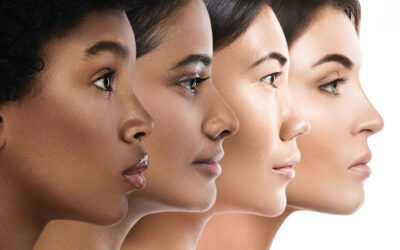The cosmetic industry is now a whirlwind of products and fashion. From the foundation core, beauty care, and make up to hair care, cosmetics have become an integral part of our day-to-day lives. Do you know how your favorite products are made? Now we will enter the cosmos of cosmetics manufacturing to discover the intricate notions and regulations that need to be adhered to for the transportation of your favorite products to the shelves.
History of Cosmetics Production
Cosmetics use evolved from ancient cultures, where natural oils, plant extracts, and minerals were used for beauty. In the early 1900s, the b2b cosmetics industry was launched with few commercial products and the industry has taken off lately thanks to the power of social media and social media influencers.
At present, cosmetics are manufactured commercially, but modern factories assist in ensuring the safety and performance of these products, because of the implementation of rigid quality control systems.
The Manufacturing Process
Cosmetics production process is a complex multi-stage. It also is the stimulating innovation and development, raw materials selecting, the special plant’s mass production, control of quality and test.
The stage of research and development (R&D) associated with the production of cosmetics is very important. The companies generally invest a lot of time and resources in the innovation of new products and the improvements in the old ones. This procedure involves consumer polls, scientific researches, market analysis in order to make the products of the company to be targeted to the specific audience.
Sourcing of raw materials comes after the R&D. Cosmetic products ingredients range from plant extracts and essential oils to synthetic chemicals. The ingredients are carefully selected, and suppliers have to comply with quality and safety regulations.
When the ingredients have been gathered, the large-scale production of the herbicide begins. However, the production system of the rest products is different in details but in general, the products are prepared by mixing and combining of the ingredients in the suitable parts to form a homogenous product. The mix is then pasteurized, cooled and placed in barrels for shipment.
Quality assurance is an integral part of the production process and cosmetics distribution. Quality teams in organizations perform regular product inspections to ensure that they meet the required safety and performance standards. This could also encompass tests to verify stability, microbiology, and product unity.
Regulations in Cosmetics Manufacturing
The consumers fears upon product safety and the content additional provocations lead to strict regulations of cosmetics’ production. The United States has the Food and Drug Administration (FDA) which ensures the safety of cosmetics, while the European Union has the European Food Safety Authority (EFSA). These types of government bodies develop rules and determine standards on product safety, labeling as well as an ingredient restriction.
Besides the government regulations, the cosmetics industry has the standards that it must follow to assure the safety of its products. For instance, the Personal Care Products Council (PCPC) has a list of ingredients that cannot be used in cosmetics while International Fragrance Association (IFRA) assessments the safety of fragrances in cosmetics.
Modern Approaches to Make Up Manufacturing
Recently, the cosmetics industry is characterized with the inclination for natural and safe products. Consumers are increasingly interested in the components which are used in the products and their impact on environment. This has led to clean beauty products, which promote the usage of natural and organic ingredients.
In addition, cruelty free production is the modern trend where organizations choose different testing methods that would help in determining the safety of their products without involving animals.
Another trend in the production of cosmetics is technological development. Social media, and online buying create a situation that firms get an interest in technology and the unique experience of the customer. This could include virtual try-on technologies, augmented reality features, and customized suggestions.
Cosmetics Manufacturing in Future
Due to the current technological progress, the possibilities of production of cosmetics are wider. Technology deals with development of new ingredients as well as improving the production processes, which is an ongoing process.
The second trend that can be identified in manufacturing due to the growing significance of sustainability for customers is related to more ecologically acceptable and sustainable practices.
Additionally, the emergence of the social media and influencer marketing will create opportunities for co-branding and goods released in limited editions, which will make the cosmetics wholesale even more competitive and attractive for consumers.
Conclusion
The world of production of cosmetics is a dynamic and complex one since ongoing innovations and regulations drive forward the industry. The industry has come a long way from the primitive operations to the contemporary factories. The future of cosmetics is right-for it is evident that its demand for sustainable and innovative products is increasing. While, buying that special lipstick or moisturizer, do not forget to consider to what an amazing and complex process has been used to create it.








